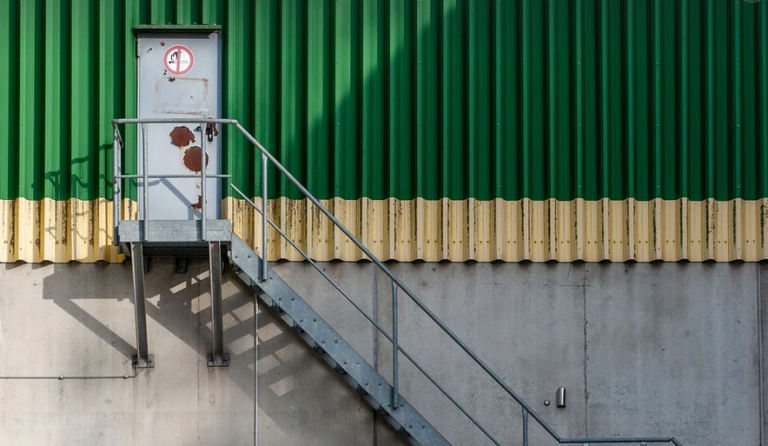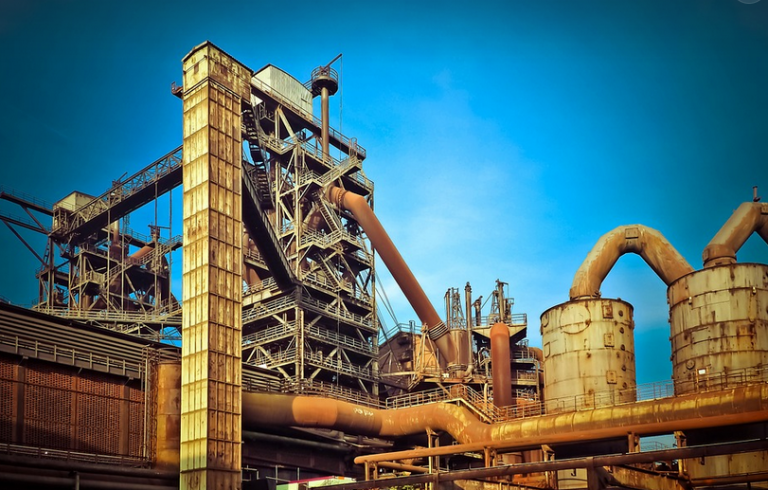
What are oxygen tanks used in welding?
Welding, that essential process of joining metals using heat and pressure, relies on a carefully controlled fusion of atoms. This fusion often requires a mixture of gases for optimal results, with oxygen playing a critical role as one of the key elements.
Oxygen tanks are vital tools in the welding world, serving as portable containers that hold high-purity oxygen gas. These tanks come in various sizes and configurations to meet specific welding requirements, from hobbyist repairs to industrial-scale construction projects.
Types of Oxygen Tanks for Welding
There are a few different types you’ll encounter:
- Cryogenic Tanks:
- Pressure Vessel Tanks:
- Cylinders:
- Prevents Oxidation:
- Promotes Proper Fusion:
- Weld Quality Improvement:
- Oxygen’s Flammability:
- Appropriate Storage:
- Safety Equipment:
These tanks utilize liquid oxygen, which is pumped into the welding environment as needed. The advantage of these tanks lies in their immense capacity and consistent, reliable delivery of pure oxygen.
These are more common than cryogenic tanks and are readily available for purchase. They store pressurized oxygen gas, which is then delivered to the welding site through a hose or regulator.
These are smaller tanks containing a specific amount of oxygen, often used for portable welding applications and offering great portability. They’re readily available at welding supply stores and offer flexibility in different sizes to suit different projects.
Benefits of Using Oxygen Tanks for Welding
Oxygen plays several crucial roles in welding that impact both the quality of the weld and the welder’s safety:
Welding generates heat, which can lead to oxidation. This occurs when metals react with oxygen, forming oxides and potentially weakening the weld joint.
Oxygen interacts with metals during welding by reacting with the molten metal at high temperatures. This process helps to create a clean, strong, and more durable weld than without oxygen.
By enriching the welding environment with the right amount of oxygen, welders can achieve better penetration and smoother welds. This translates to stronger, more structurally sound metal joints that resist corrosion.
Safety Considerations for Using Oxygen Tanks
Welding is a demanding job, and safety must be constantly prioritized!
Here’s why using oxygen tanks correctly requires careful attention to detail:
<
Oxygen can readily ignite, making it a highly flammable gas. To avoid fire hazards, always use oxygen tanks in well-ventilated spaces and never expose them to heat or open flames.
Always store your oxygen tanks with care. Use dedicated storage areas, away from direct sunlight and other sources of heat and moisture. Ensure proper ventilation and secure the tanks properly to avoid any potential accidents.
Never forget essential safety equipment like welding helmets, gloves, and protective gear! A well-equipped welder is a safer welder. It’s always better to be overprepared than underprepared.
Conclusion
Oxygen tanks are an integral part of modern welding. They ensure optimal performance by delivering the correct amount of oxygen for each weld, while also prioritizing safety. By understanding these elements and practicing responsible use, we can create more durable and safe metal structures.



